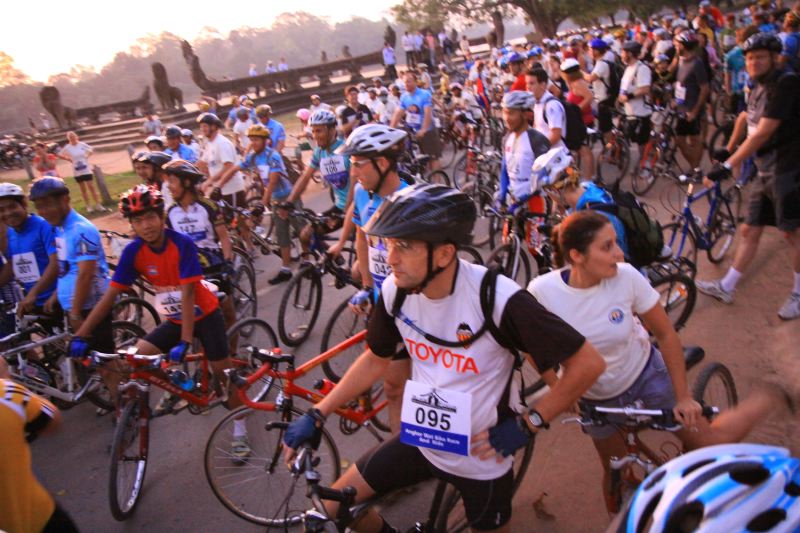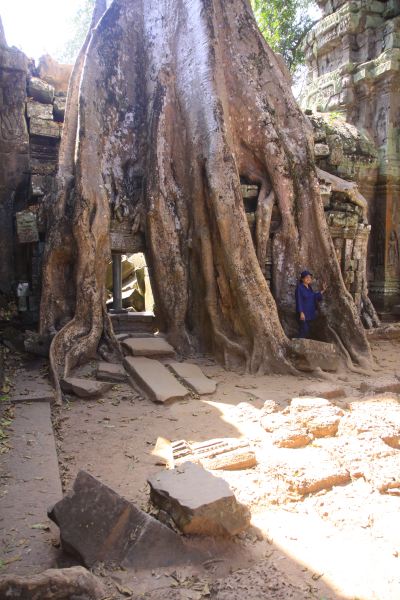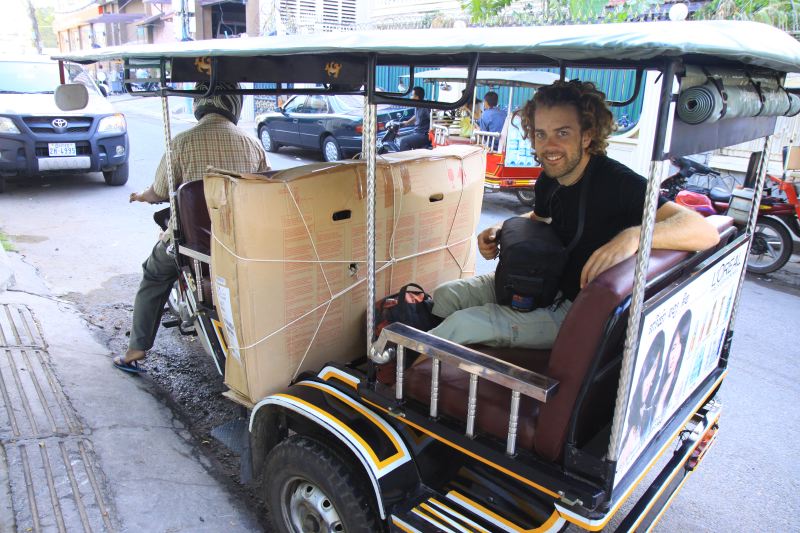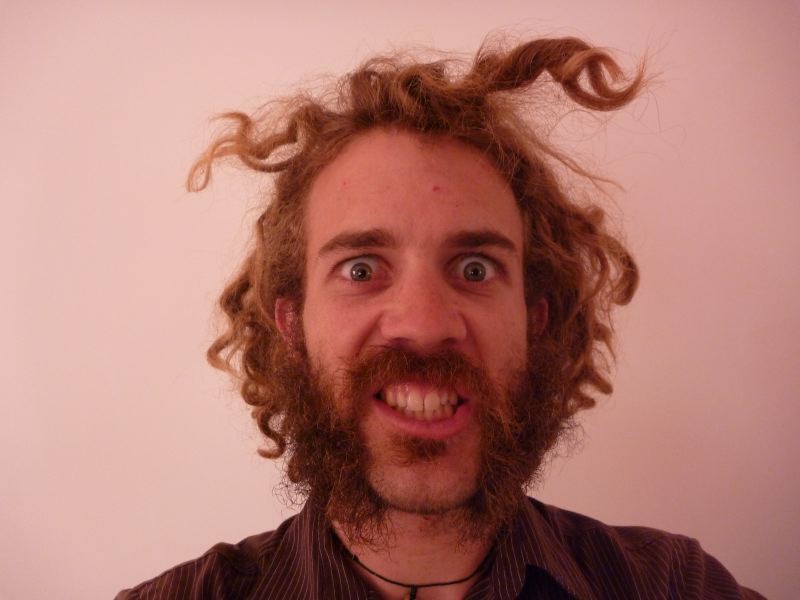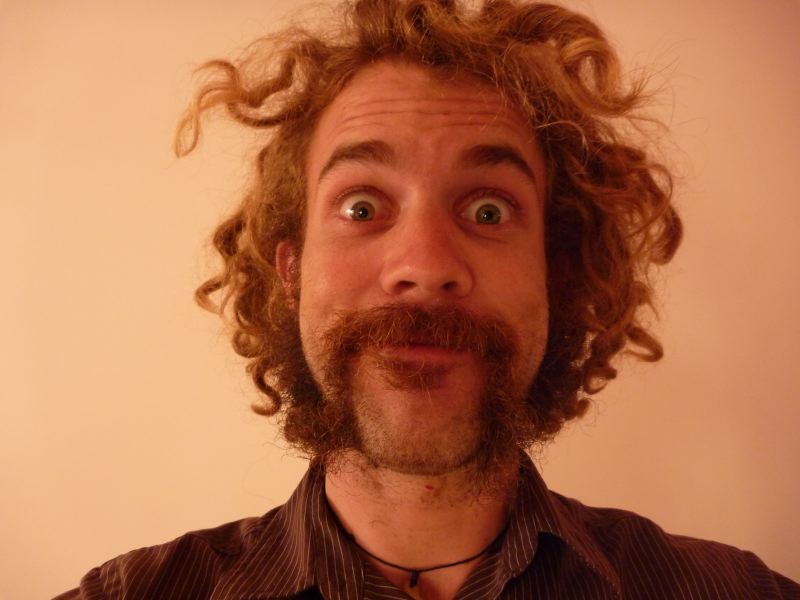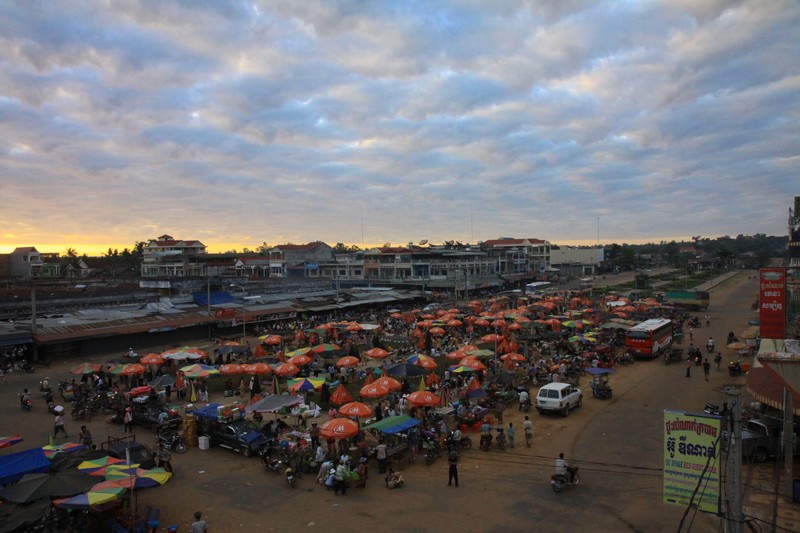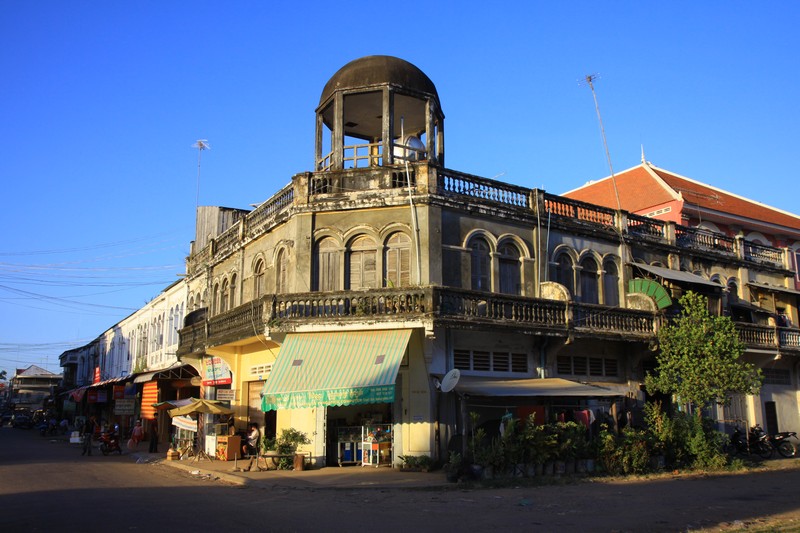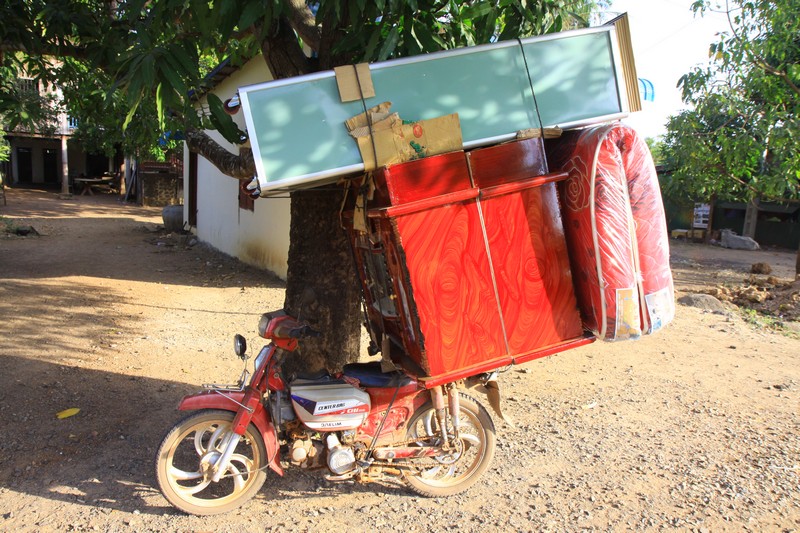First a fin, then a head, like the good bits floating to the top in a soup, pilot whales surface all around the boat, maybe 50 of them. In the distance, something black and white breaches, must be a penguin? No, it is in fact a rare kind of dolphin, a southern right whale dolphin! It's finless black back, white belly and pointy snout are like nothing I've encountered before. This is the southern ocean, a continuous stretch of water circles the globe and creates the world's roughest oceans. A taste of which was had as the boat left the shelter of the port of Dunedin with big swells making for rough seas and keeping most passengers in bed. Of the 48 passengers on board, only 4 were able to stomach their dinners that night. Each day, more and more people 'got their sea legs' with the help of drugs or otherwise for the long journey south to the land of the midnight sun.
Defending his territory, the dominant male New Zealand (Hooker) sea lion growls and roars. He is the beach master and will fight anyone who comes near his harem of up to 500 females with which he will mate. To lighten the load, he will employ helpers to do some of the business for him while the remaining males are left floundering at the waters edge, desperately trying to mate with any female that passes the gauntlet back to the safety of the sea. This is the world's rarest sea lion, only breeding here at this beach at Enderby Island and at Dundas Island, both in the sub-antartic Auckland Islands. It's a display of brute force and raw nature seen nowhere else. The island is full of life, not just sea lions but shags, skuas, gulls, yellow eyed penguins, fur seals and the rare flightless Auckland island teal line the coastline of this small, flat island. The plant life is totally unique too, made up of so called 'megaherbs', huge flowering herbs that look like they should be in the tropics, not on a cold, windswept island in the Southern Ocean.
Fluff drifts past in a summer snow storm as the king penguins pick at their moulting coats, a water proof layer of feathers which keeps the birds warm and dry in the extremes of the Southern Ocean. Weather has prevented a landing at the colony of 3.5 million birds on the eastern side of Macquarie Island, but none the less, at the north of the island, penguins, elephant seals, petrels, skuas and many other sea birds collect in large numbers to bask in the balmy conditions. A large swell makes for rather exciting landings on shore but once there, it is a playground of nature on Macquarie Island. The Australian research base here is on the only flat land on the island. A cup of tea and scones keeps spirits high as the lively station manager gives in depth information on the abundance of life here on this magnificent island. As summer ends and winter sets in, an enormous eradication programme will be initiated in a second attempt to remove the rabbits, rats and mice introduced by whalers and sealers a century ago. The first attempt last year was foiled by inclement weather.
A thick fog creates a shroud around the vessel. On the bridge, as the crew strain to see the first ice and to steer clear of it, the radar penetrates deep into the mist, a perpetual cloak which blankets the ocean at this latitude as the ocean temperature drops as the polar convergence is passed. The relatively warm air condenses above while the life blooms below as the nutrient rich waters well up to the surface. At 62? south, the first iceberg is spotted, dimly lit on the horizon through the fog. Antarctica is close, at 66?34" south, the Antarctic circle creates an imaginary line through the ocean, signifying the point at which, on the summer equinox, the sun never sets. From here on in, daylight will prevail with the sun on a perpetual journey along the horizon, dipping low at night and rising high at midday. The satellite ice map shows a slick of pack ice stretching hundreds of kilometres to the north from the Ross Sea. Here it slowly melts back into one continuous and seemingly endless mass of water. Huge, empty and ultimately powerful.
Beak wide open, calling frantically, this grey, hungry fluff-ball, cries in vain for its mother who runs along ahead—his cries will go unanswered. His bigger, stronger brother is one step ahead in size and therefore comes out ahead of his smaller sibling in the natural selection of these incredible creatures. A parent must climb down the 250 m cliff to the sea, swim out up to 40 km to catch krill which it then brings back to feed their young. It cannot afford the effort to feed two chicks, so it must choose one. This dance goes on everywhere, once it has located the chicks, it will feed the stronger one, leaving the other to starve. It's a harsh reality which has gone on at this place for 15,000 years. Life is raw—the smell, the sound. Carcasses are strewn all over the ground. Life, death and survival hit in the face with over 1,000,000 birds on this tiny tongue of land that reaches from beneath the ice out into the sea. Cape Adare is home to the biggest colony of Adelie penguins in the world, 350,000 breeding pairs are estimated to come to this spot to hatch their eggs each summer. Unafraid of humans, these endearing creatures quickly show that each and every one has its own unique personality, which they are often willing to share with the visiting humans.
Not able to stand in their ice cave, 5 men spent 8 months through the dark months of Winter marooned here on Inexpressible Island, their only light provided by a blubber lamp which belched black soot into the frigid air. With the average temperature at -40?C outside and the wind gusting to 300 km/h, the survival of these men is testament to their sheer determination. One hundred years later, only the bones of the penguins and seals that fed these hardy men remain, their skulls broken part way through that horrid winter when the men realised the nutritional value of the seals' brains which they then extracted in the bitter cold. On this expedition was the grandson of one of those men which added great depth to the stories and certainly brought them to life. Once Spring finally arrived all those years ago, the men emerged from their icy tomb and with their remaining rations they hauled their sleds 240 miles south to re-uinte with their comrades who had over-wintered at Cape Evans.
Food items lines the shelves, scientific instruments are strewn over a black bench top. Straw and jute insulation line the walls. A large coal burner heats the room near where rows of tidy bunks, while rather small, look cozy enough. In stark contrast to where the men had wintered in the ice cave, Scott and his men had a blast in comfort—well fed, warm and well entertained. The feeling of what it must have been like still floats in the air, wrapping a thick coat of nostalgia around those on the trip who have spent their lives living and reliving the exploits of those intrepid turn of the century explorers. As ever, a lone Adelie penguin stands guard out front, like a watch dog waiting for his master to return. On departure, this little fellow follows us all the way to the ice edge, sometimes sliding on his belly, sometimes waddling as only penguins can do. A half a kilometre away, as the last boat leaves the ice, he squawks constantly as if he's been left behind by his keeper.
Moored to metal poles driven into the ice, the ship is pulled up alongside the sea ice at McMurdo Sound. The gangway is lowered to the freedom of the never ending ice which stresses to the Transantarctic Mountains to the west and Mt Erebus to the east. The sky is blue, the sun is high and there is no wind. Is it not a perfect day for a BBQ and a swim? It must be...
The sound of air rushing past reminds me of something, I can't place it, perhaps the sound a stick makes when you swing it rapidly through the air? Close above me, the Southern Royal Albatross sweep in, coming within metres with their 4 m wingspan, the air cascading over their wings and making the most amazing whooshing sound. A few metres away, birds play, clashing beaks with each other and clapping their own beaks open and shut to make the most amazing sounds. There is even a kind of screaming noise. The chance to visit this amazing place, New Zealand's sub antarctic Campbell Island, where the wildlife has never had the chance to develop a fear for humans, is incredible.



9400 km after leaving Dunedin, the boat arrives back in Bluff, New Zealand. How can I make it all happen again? One day...












































































































































































































































































































































